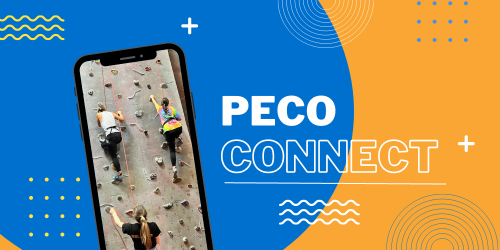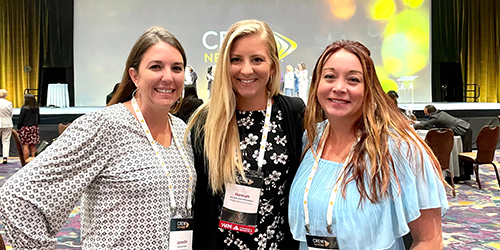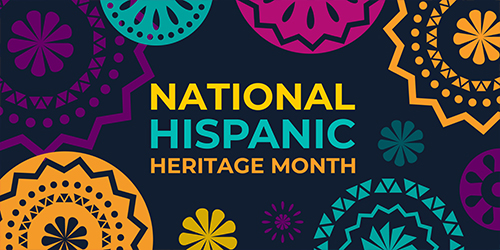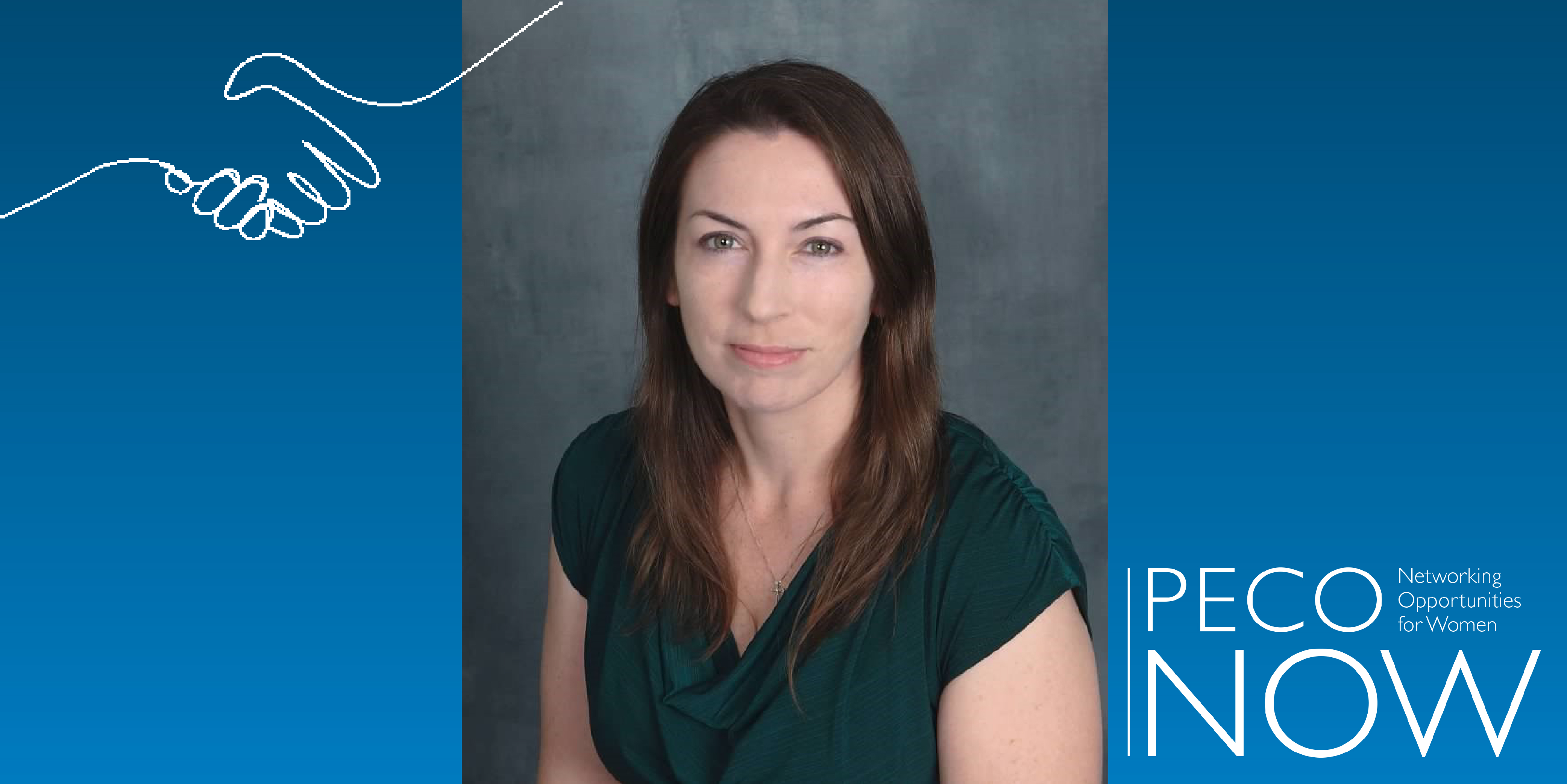Look through any business journal or book and you will find the word “innovation” at least once. We all know what innovation is and why it’s important – but we don’t always know how to do it. It’s not as easy as it sounds. Nor is it as difficult as some think. I’ve spent a lot of time on this topic looking for ways to get our team to be more innovative in how they think and do business. It boils down to fostering the right environment, teaching people what innovation is, giving them the right tools, and giving them the time to do it. I would like to talk about what that looks like at Phillips Edison & Company.
Environment:
Three key factors that must exist within our teams in order for innovation to be possible. These are:
- Trust. Team members have to trust that their ideas will be heard and evaluated fairly.
- Respect. Team members must respect the other associates on the team so they can give and receive critical feedback.
- Influence. The company must give team members the influence to champion their ideas and implement them.
Phillips Edison’s culture values and promotes all three of these. We train our leaders and managers to facilitate and model them at every level of the company.
Defining Innovation:
In 2014, we rolled out the TAE (Thomas Alva Edison) Innovation Award, which recognizes associates that suggest and implement an idea that saves time, money or other resources. It’s meant to incentivize associates to be creative, take risks, voice their ideas and implement them. It’s also meant to help them understand what innovation truly means. This is how:
- There are no “minimum” requirements. An innovative solution doesn’t have to make a million dollars or save a thousand. We want our team to know that innovation occurs at every level of the organization and in every part of our processes.
- The award can be given even if the innovation fails. Innovation requires risk and rarely happens without some failures along the way. The TAE Innovation award rewards our team members for simply thinking creatively and taking the risk.
- Anyone can nominate or win. We want ALL of our associates thinking creatively. They don’t have to lead a department or be a top leasing agent.
Time and resources:
This is an area we struggle with. What resources do teams need to be innovative? How much time and when? Phillips Edison’s PECO University team worked with Westminster College in Utah to answer these questions. We developed the Innovation Labs program. Innovation Labs is a professional development series that places associates from various departments on a team and assigns them a real-life opportunity that our company faces. Teams must draw on leadership, creativity and critical thinking to develop a solution that executive-level management will review for implementation. It worked like this:
- The program began with a two-day kickoff at Blue Sky Ranch in Park City, Utah. Westminster faculty guided participants through team-building exercises and academic presentations focused on topics such as change management and strategic communication.
- The team then met to discuss how lessons that are learned through the presentations and activities can be applied to workplace and management practices.
- Following the kick-off, teams had 60-90 days to utilize the skills and information gained from the instructional sessions to evaluate the issue presented and develop a creative solution.
- The teams presented their findings and solutions to PECO’s executive team for review, discussion and possible implementation.
Put the pieces together – environment, learning, resources and time – and innovation will happen. I’m pleased to share that PECO recently created a new position within the company based on the recommendations of an Innovation Lab team. Scott Adair was promoted to Vice President of Community Partnerships as part of our new community engagement initiative. The goal of this endeavor is to work with community leaders and public partners to build goodwill within the community and to advance economic objectives for all. This initiative is a direct outcome of our innovation efforts.
Innovation isn’t as easy as saying “Go Innovate!”, but it’s not as hard as creating the first computer. It’s about time, place, resources, guidance and the right environment.
Published On Feb 25, 2016
in PECO Culture





